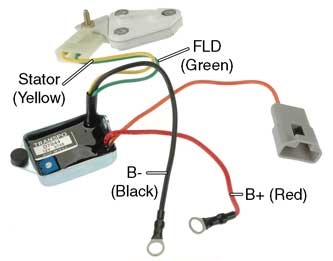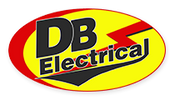I have an Islander 28 that I use for cruising.
I have a Delco 70amp alternator on my late model A4. It's in good shape, just had a shop look it over. Wiring is single wire, plus sense - decent condition and sized well, I believe.
I have a house bank of two Group 27 105 amp flooded batteries, plus and another Group 27 isolated as a starting battery in reserve. My daily use is about 18-20 amp hours
I have a meter on the system. My problem is the internal voltage regulator.
When I start out it goes up to 27 amps, about what you'd expect. Voltage is about 13.1v. But it drops to 16 ah after about 1/2 hour, and after any hour or so down to a paltry 3-4 amps output. Voltage goes down to about 12.8v.
I'm trying not to get into a huge expense, but I'd like to improve the output to replace about what I use in a day in maybe an hour, which is well in the range of the alternator I have.
I read that you can have a shop convert it to an external regulator, but those regulators seem expensive $200-$375 or so? Is there a good inexpensive solution?
But is there a replacement internal regulator I could add? It seems like a lot of these new alternators run at something like 14.4v? But at what amp output for how long?
Or should I look at other areas, changing the ground around or something to trick the regulator into better output?
TIA,
Jack
I have a Delco 70amp alternator on my late model A4. It's in good shape, just had a shop look it over. Wiring is single wire, plus sense - decent condition and sized well, I believe.
I have a house bank of two Group 27 105 amp flooded batteries, plus and another Group 27 isolated as a starting battery in reserve. My daily use is about 18-20 amp hours
I have a meter on the system. My problem is the internal voltage regulator.
When I start out it goes up to 27 amps, about what you'd expect. Voltage is about 13.1v. But it drops to 16 ah after about 1/2 hour, and after any hour or so down to a paltry 3-4 amps output. Voltage goes down to about 12.8v.
I'm trying not to get into a huge expense, but I'd like to improve the output to replace about what I use in a day in maybe an hour, which is well in the range of the alternator I have.
I read that you can have a shop convert it to an external regulator, but those regulators seem expensive $200-$375 or so? Is there a good inexpensive solution?
But is there a replacement internal regulator I could add? It seems like a lot of these new alternators run at something like 14.4v? But at what amp output for how long?
Or should I look at other areas, changing the ground around or something to trick the regulator into better output?
TIA,
Jack








Comment